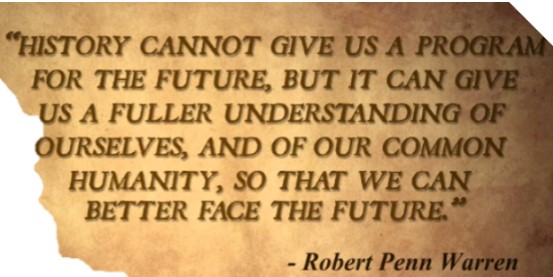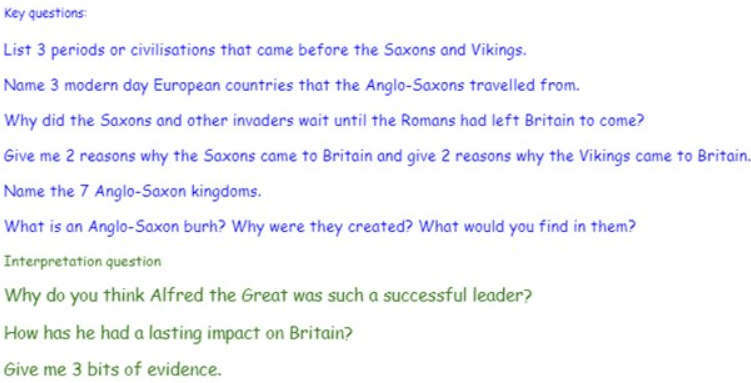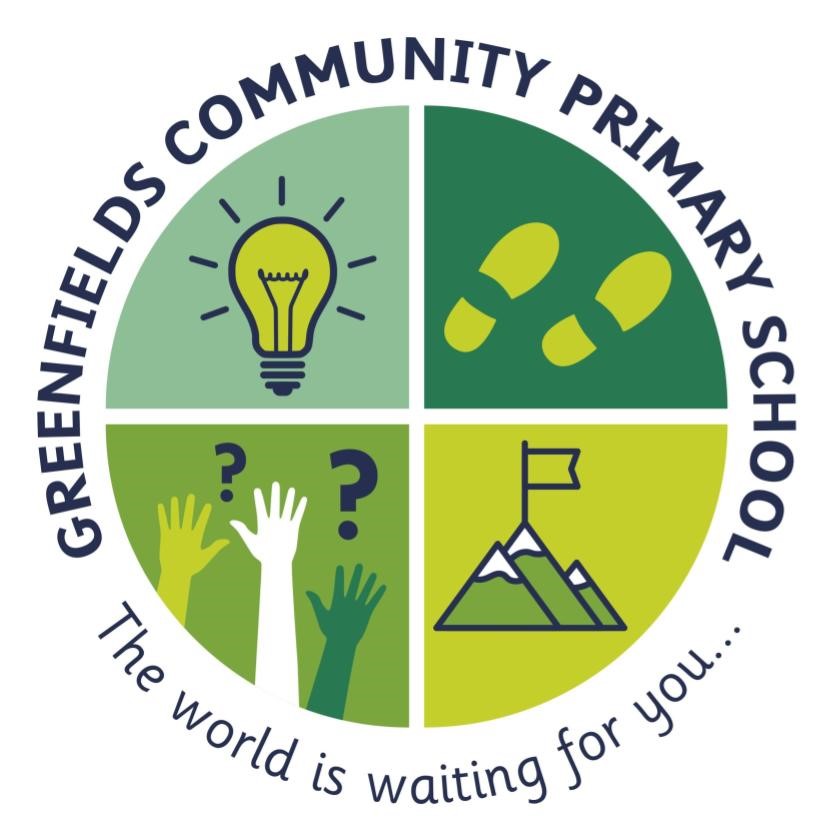History

Leader: Mr Lumsdon (*SLE)
INTENT
Our history curriculum will help pupils gain a coherent knowledge and understanding of Britain’s past and that of the wider world. It should inspire pupils’ curiosity to know more about the past. Teaching should equip pupils to ask perceptive questions, think critically, weigh evidence, sift arguments, and develop perspective and judgement. History helps pupils to understand the complexity of people’s lives, the process of change, the diversity of societies and relationships between different groups, as well as their own identity and the challenges of their time.
We aim to ensure that all pupils:
- Know and understand the history of these islands as a coherent, chronological narrative, from the earliest times to the present day: how people’s lives have shaped this nation and how Britain has influenced and been influenced by the wider world
- Know and understand significant aspects of the history of the wider world: the nature of ancient civilisations; the expansion and dissolution of empires; characteristic features of past non-European societies; achievements and follies of mankind
- Gain and deploy a historically grounded understanding of abstract terms such as ‘empire’, ‘civilisation’, ‘parliament’ and ‘peasantry’
- Understand historical concepts such as continuity and change, cause and consequence, similarity, difference and significance, and use them to make connections, draw contrasts, analyse trends, frame historically-valid questions and create their own structured accounts, including written narratives and analyses
- Understand the methods of historical enquiry, including how evidence is used rigorously to make historical claims, and discern how and why contrasting arguments and interpretations of the past have been constructed
- Gain historical perspective by placing their growing knowledge into different contexts, understanding the connections between local, regional, national and international history; between cultural, economic, military, political, religious and social history; and between short- and long-term timescales.
IMPLEMENTATION
The objectives of history teaching in our school are based on the requirements of the National Curriculum programmes of study for EYFS, Key Stage 1 and Key Stage 2.
We follow the aims of the Early Learning Goals for our EYFS curriculum and we have followed advice from the Historical Association when creating our KS1 and KS2 curriculum.
Each topic has been designed specifically to fit with our schools vision, values and local context.
In terms of our EYFS history curriculum, we focus on the section of the ELG that is ‘Understanding the World,’ :
We use these objectives to inform the activities we deliver and offer to our EYFS children.
Our curriculum is split into key strands, based on the wording of the NC, that form the foundations of our planning:
Knowledge
Themes across history
Historical concepts
Historical enquiry
Chronological understanding
You will find these in the planning documents, to demonstrate to teachers which subject specific skills are applicable for each lesson. You will also find them as a sticker at the beginning of each lesson, so that children can recognise which skills they are using and become more fluent in understanding each.
In KS1, we aim to create a link between their EYFS learning as well as preparing them for more complex topics in KS2. We want the children to develop an awareness of the past, using common words and phrases relating to the passing of time. They should know where the people and events they study fit within a chronological framework and identify similarities and differences between ways of life in different periods. They should use a wide vocabulary of everyday historical terms. They should ask and answer questions, choosing and using parts of stories and other sources to show that they know and understand key features of events. They should understand some of the ways in which we find out about the past and identify different ways in which it is represented.
Based on the statutory requirements of the National Curriculum, our KS1 topics are:
Year 1
Autumn – A study of local changes in our village and environment
Should we fear changes to ourselves and in our local area?
Summer – A study of significant monarchs, past and present.
Is being a monarch a huge responsibility?
Year 2
Autumn – Remembrance and the significance of the poppy.
Is it important to remember the consequences of the past?
Summer – A comparative study of significant activities; Rosa Parks, Anthony Cooper and Malala Yousafzai.
Have humans always shown fairness to each other?
In KS2, we want pupils to continue to develop a chronologically secure knowledge and understanding of British, local and world history, establishing clear narratives within and across the periods they study. They should note connections, contrasts and trends over time and develop the appropriate use of historical terms. They should regularly address and sometimes devise historically valid questions about change, cause, similarity and difference, and significance. They should construct informed responses that involve thoughtful selection and organisation of relevant historical information. They should understand how our knowledge of the past is constructed from a range of sources.
Based on the statutory requirements of the National Curriculum, our KS2 topics are:
Year 3
Autumn – A significant turning point in British history; The Industrial Revolution
Was the industrial revolution in Britain a big mistake?
Summer – A comparative study of the Ancient Greek Empire and the Roman Empire
How has our society and way of life been influenced by others?
Year 4
Autumn – A study of Britain during the Stone, Bronze and Iron Age.
Is it difficult to empathise with prehistoric humans?
Summer – A study of the Viking and Saxon conflict in Britain
To which monarch of England do we owe our loyalty to?
Year 5
Autumn – A study of the Shang Dynasty
What did power look like in Ancient history and how would someone achieve it?
Summer – A study of the Kingdom of Benin and the impact of the British Empire
Has Africa always had the opportunity to grow and prosper?
Year 6
Autumn – A comparative study of different ancient civilisations.
Was ancient history a period of adversity compared to the modern world?
Summer – An in depth study of the British chronological framework up to 1066.
How has our society been influenced to become the Britain we know?
ASSESSMENT
We assess the children’s work in History through ongoing teacher assessment. This allows us to identify any pupils requiring support in specific lessons and those children who hold a deeper understanding so that we can adjust our lessons accordingly.
Once the children have completed a unit of work, we have created a summative assessment for each topic to gauge how much the children have retained. This consists of 6 questions that involve recalling key learning throughout the topic as well as a final interpretation question to offer an opportunity for pupils to demonstrate a greater depth of understanding.
For example:

To ensure that content is remembered long term and can support learning in new topics, we use curriculum revisit activities to ensure that learning is remembered and re-used. Especially when it comes to abstract themes across the history curriculum.
MEETING THE NEEDS OF ALL LEARNERS
We aim to encourage all children to reach their full potential through the provision of varied opportunities. All children should have equal access to the History curriculum through appropriately selected activities. We recognise that our curriculum planning must allow children to gain a progressively deeper understanding and competency as they move through school. If we feel a pupil has a learning need or English acts as a barrier for them to make progress in history, we give them the opportunity to verbalise their answer to a question and we record that via SeeSaw, placing a QR code in their book.
We aim to make our curriculum as visual as possible, all of our resources in books will have visual prompts and we have made our approach to chronology more interactive and visual for the children too. We now build timelines with accurate scaling, so that children can continuously place their current learning amongst all of their prior learning.
Where appropriate, we also utilise our membership to Mozaik3D. This allows us to bring abstract concepts and learning to life:
https://www.mozaweb.com/lexikon.php?cmd=extra_full&extraid=262356
